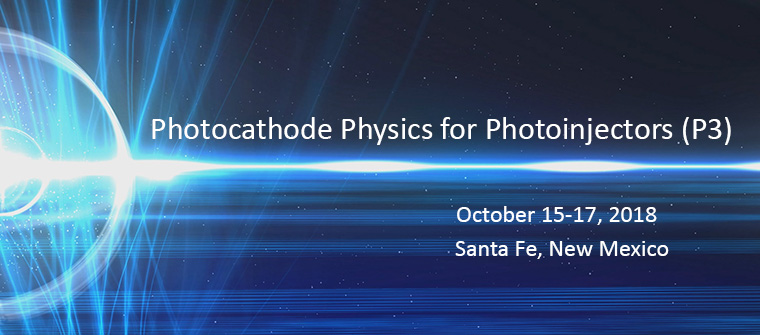Speaker
Description
Photocathodes are important electron sources for X-ray free electron laser (XFEL) and X-ray energy recovery linacs (XERL), which generate brilliant, ultrafast, and coherent X-rays for exploration of matter with ultrahigh resolutions in both space and time. Quantum efficiency (QE) and operational lifetimes are two of the key figures of merit of photocathodes performance. Whereas alkali-based semiconducting photocathodes display high QE in the visible light spectrum, their lifetimes are shorter than their metallic counterparts due to the sensitivity of alkali-based surfaces to the residual gases in the vacuum chamber. Herein, a novel approach is proposed to protect alkali-based photocathodes with two dimensional (2D) materials. It is found that a monolayer of BN can maintain the QE of semiconducting photocathodes in addition to protecting the surfaces. On the other hand, a monolayer of graphene or molybdenum disulfide (MoS2) suppresses the QE. Analyses of the electronic structure reveal that the induced dipole moments at the interfaces of photocathodes and 2D materials play central roles in affecting the work function of the coated photocathodes, thus their QE.

